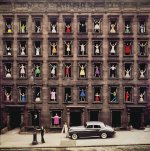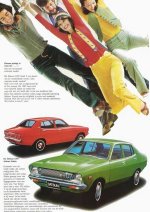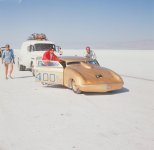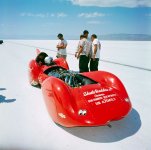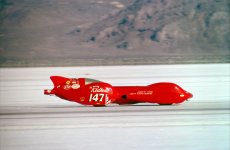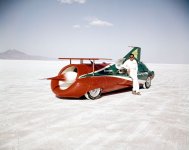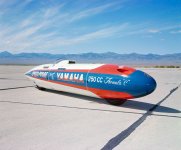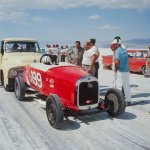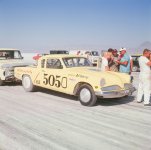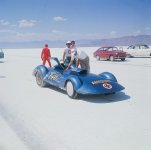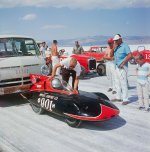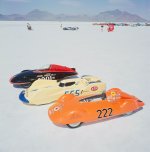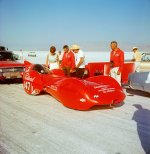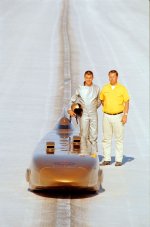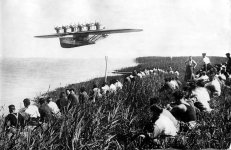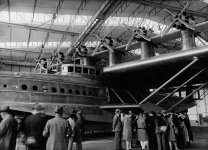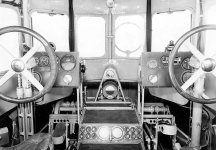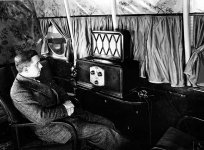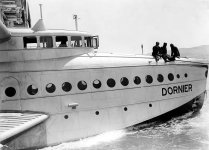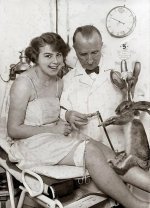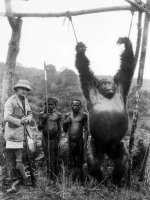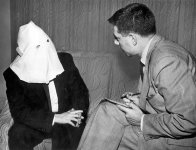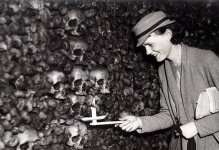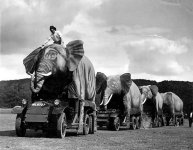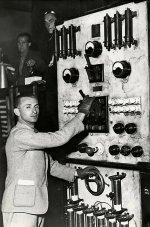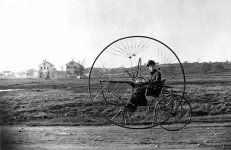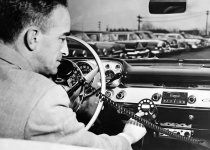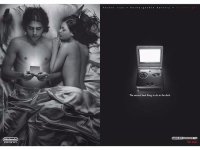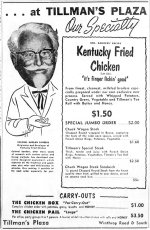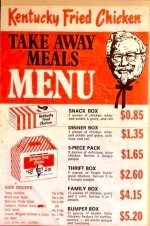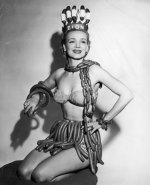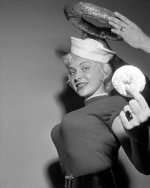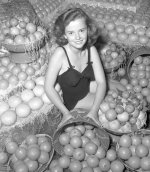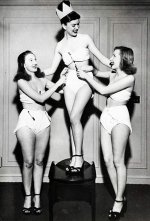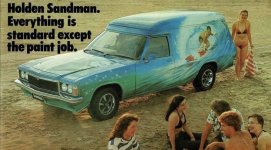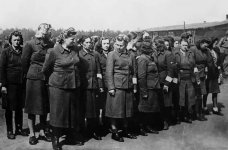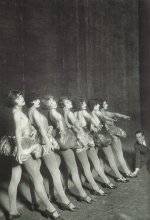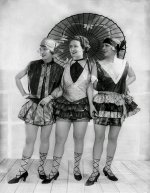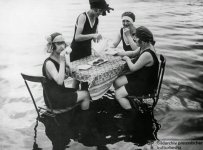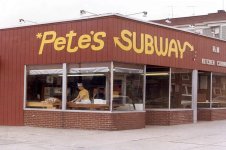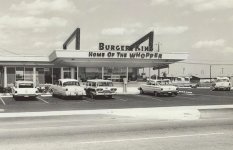In 1960, photojournalist Ormond Gigli assembled 43 women, dressed them in refined, colorful garb, and situated them in 41 windows across the facade of the classic New York City brownstones. Years later, the image ended up being his most famous artwork.
Back in the day, Gigli found himself working out of a studio on East 58th Street in the heart of Manhattan. Across the street stood a series of townhouses, set for demolition.
Intent on capturing the beauty of the buildings before it was gone for good, the artist set to work on crafting the perfect image to memorialize the neighborhood he had come to love so well.
He hadn?t the money to pay for professional models ? or an access to a budget for a picture that had no sponsorship.
In the end, Ormond gathered 43 women clad in their best formal wear and no two figures looked exactly alike; the posture and outfit each woman assumed alludes to what her personality might be like outside the confines of the photograph.
Perched from the fire escape of his studio, he was able to capture action happening across five floors. The final product proved to be something surreal, reducing the living, breathing women to brightly colored toys in a doll house.
No two figures looked exactly alike; the posture and outfit each woman assumed alludes to what her personality might be like outside the confines of the photograph.
Perched from the fire escape of his studio, he was able to capture action happening across five floors. The final product proved to be something surreal, reducing the living, breathing women to brightly colored toys in a doll house.
The richness of the photograph stems from the ability to appreciate it in different ways: either as a whole, as a rhythmic composition of color and form, formed by the pattern of windows, human figures, and colorful dresses; or the viewer is drawn to explore its various parts, each woman presenting a different point of the interesting story (Gigli?s wife is on the second floor, far right and the demolition supervisor?s wife is on the third floor, third from left).
So, he contacted the foreman of the building and convinced him to clear a 2-hour period of time for him to work ? and clear out the window jams.
He reached out to a modeling agency that he had worked for, and asked for models to volunteer to be in his ?dream? picture. They were to wear what they wanted and show up over the lunch hour.
Since the building had been gutted of electricity and gas ? there was a gaping hole on the sidewalk. So, unafraid to ask a favor, he contacted the city and asked for permission for the Rolls Royce to be parked on the sidewalk for the time necessary to set up the picture.
He then placed the models, including his wife, trying to loosely coordinate their outfits into the 30 windows. Some were bold enough to stand on the window jam and some were framed by the window. With three additional models, two on the street and one on the ground floor the picture was complete.
Back in the day, Gigli found himself working out of a studio on East 58th Street in the heart of Manhattan. Across the street stood a series of townhouses, set for demolition.
Intent on capturing the beauty of the buildings before it was gone for good, the artist set to work on crafting the perfect image to memorialize the neighborhood he had come to love so well.
He hadn?t the money to pay for professional models ? or an access to a budget for a picture that had no sponsorship.
In the end, Ormond gathered 43 women clad in their best formal wear and no two figures looked exactly alike; the posture and outfit each woman assumed alludes to what her personality might be like outside the confines of the photograph.
Perched from the fire escape of his studio, he was able to capture action happening across five floors. The final product proved to be something surreal, reducing the living, breathing women to brightly colored toys in a doll house.
No two figures looked exactly alike; the posture and outfit each woman assumed alludes to what her personality might be like outside the confines of the photograph.
Perched from the fire escape of his studio, he was able to capture action happening across five floors. The final product proved to be something surreal, reducing the living, breathing women to brightly colored toys in a doll house.
The richness of the photograph stems from the ability to appreciate it in different ways: either as a whole, as a rhythmic composition of color and form, formed by the pattern of windows, human figures, and colorful dresses; or the viewer is drawn to explore its various parts, each woman presenting a different point of the interesting story (Gigli?s wife is on the second floor, far right and the demolition supervisor?s wife is on the third floor, third from left).
So, he contacted the foreman of the building and convinced him to clear a 2-hour period of time for him to work ? and clear out the window jams.
He reached out to a modeling agency that he had worked for, and asked for models to volunteer to be in his ?dream? picture. They were to wear what they wanted and show up over the lunch hour.
Since the building had been gutted of electricity and gas ? there was a gaping hole on the sidewalk. So, unafraid to ask a favor, he contacted the city and asked for permission for the Rolls Royce to be parked on the sidewalk for the time necessary to set up the picture.
He then placed the models, including his wife, trying to loosely coordinate their outfits into the 30 windows. Some were bold enough to stand on the window jam and some were framed by the window. With three additional models, two on the street and one on the ground floor the picture was complete.


